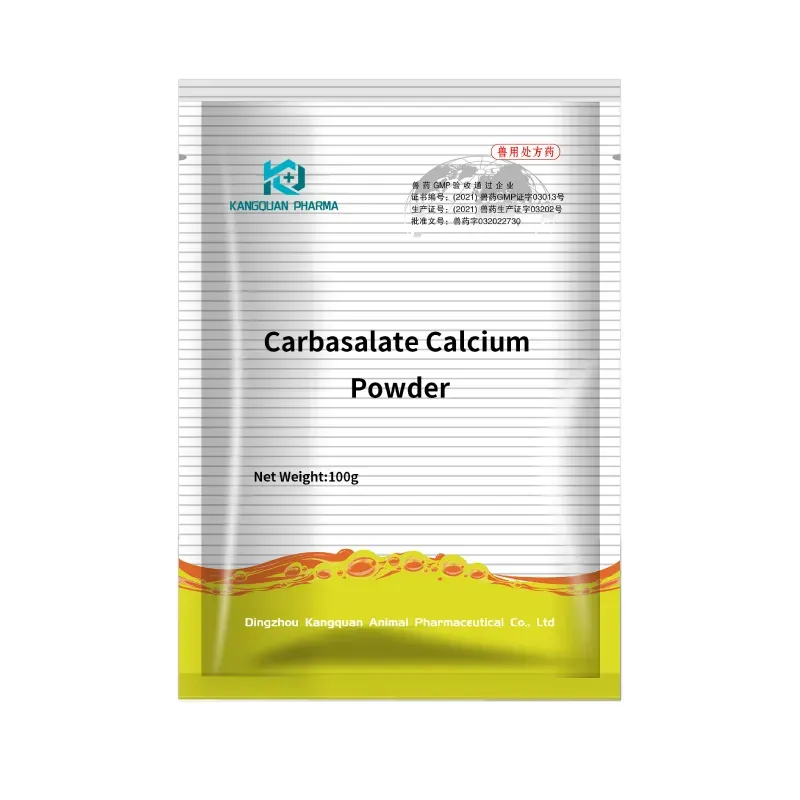- Afrikaans
- Albanian
- Amharic
- Arabic
- Armenian
- Azerbaijani
- Basque
- Belarusian
- Bengali
- Bosnian
- Bulgarian
- Catalan
- Cebuano
- Corsican
- Croatian
- Czech
- Danish
- Dutch
- English
- Esperanto
- Estonian
- Finnish
- French
- Frisian
- Galician
- Georgian
- German
- Greek
- Gujarati
- Haitian Creole
- hausa
- hawaiian
- Hebrew
- Hindi
- Miao
- Hungarian
- Icelandic
- igbo
- Indonesian
- irish
- Italian
- Japanese
- Javanese
- Kannada
- kazakh
- Khmer
- Rwandese
- Korean
- Kurdish
- Kyrgyz
- Lao
- Latin
- Latvian
- Lithuanian
- Luxembourgish
- Macedonian
- Malgashi
- Malay
- Malayalam
- Maltese
- Maori
- Marathi
- Mongolian
- Myanmar
- Nepali
- Norwegian
- Norwegian
- Occitan
- Pashto
- Persian
- Polish
- Portuguese
- Punjabi
- Romanian
- Russian
- Samoan
- Scottish Gaelic
- Serbian
- Sesotho
- Shona
- Sindhi
- Sinhala
- Slovak
- Slovenian
- Somali
- Spanish
- Sundanese
- Swahili
- Swedish
- Tagalog
- Tajik
- Tamil
- Tatar
- Telugu
- Thai
- Turkish
- Turkmen
- Ukrainian
- Urdu
- Uighur
- Uzbek
- Vietnamese
- Welsh
- Bantu
- Yiddish
- Yoruba
- Zulu
Dec . 23, 2024 06:16 Back to list
tilmicosin phosphate premix
Tilmicosin Phosphate Premix An Overview of Its Use in Veterinary Medicine
Tilmicosin phosphate, a member of the macrolide class of antibiotics, has become a critical component in veterinary medicine, particularly for livestock and poultry. This antibiotic is primarily used to manage respiratory diseases caused by certain gram-positive and some gram-negative bacteria. In this article, we will explore the significance of tilmicosin phosphate premix, its formulation, applications, benefits, and safety considerations.
What is Tilmicosin Phosphate?
Tilmicosin phosphate is a semi-synthetic derivative of tylosin and is particularly effective against respiratory pathogens such as Mycoplasma and Pasteurella. It works by inhibiting bacterial protein synthesis, ultimately leading to the death of the bacteria. The compound is often formulated as a premix, a convenient powder that can be mixed into feed, ensuring that animals consume the medication alongside their food.
Formulation and Delivery
Tilmicosin phosphate premix is typically designed for easy incorporation into the feed of various species, including cattle, swine, and poultry. The premix form allows for precise dosing and effective delivery of the antibiotic, ensuring that the animals receive the proper concentration needed to treat or prevent disease. Administering the drug through feed is especially beneficial in managing large populations of livestock, where individual treatment may be impractical.
Applications in Veterinary Medicine
The primary use of tilmicosin phosphate premix is to treat and prevent respiratory infections in livestock, particularly during outbreaks of pneumonia. In swine, it has been used effectively to control conditions such as pleuropneumonia, which can cause significant economic losses in the industry. In poultry, tilmicosin is employed to prevent and treat mycoplasmosis, a disease that can lead to reduced growth rates and feed efficiency.
tilmicosin phosphate premix

Benefits of Tilmicosin Phosphate Premix
One of the key advantages of using tilmicosin phosphate premix is its efficacy. Research has shown that it significantly reduces the severity of respiratory conditions and improves overall animal health, leading to better weight gain and feed conversion ratios. Furthermore, tilmicosin has a favorable pharmacokinetic profile, allowing for sustained drug levels in the bloodstream, which can be critical in managing chronic infections.
Another notable benefit is its relatively low cost compared to other antibiotics. This makes tilmicosin phosphate premix an economical choice for farmers looking to maintain the health of their livestock without incurring substantial expenditures.
Safety and Resistance Considerations
While tilmicosin phosphate is generally regarded as safe when used according to the prescribed guidelines, there are important safety considerations. The drug must not be administered to certain species, including horses, due to the risk of severe adverse reactions. Additionally, the potential for antimicrobial resistance is a concern in the veterinary field, necessitating careful adherence to usage guidelines and restrictions on use in food-producing animals.
Veterinarians recommend that tilmicosin phosphate should be used judiciously and only when necessary to reduce the risk of resistance development. It is also crucial for farmers and animal caretakers to follow recommended withdrawal periods before animals are sent for slaughter to ensure that antibiotic residues do not enter the food supply.
Conclusion
Tilmicosin phosphate premix represents a valuable tool in veterinary medicine, offering a reliable means of managing respiratory diseases in livestock and poultry. With its effective formulation, it allows for easy administration and significant health benefits to the animals. However, it is essential to use this antibiotic responsibly, balancing the need for effective disease management with the imperative to minimize the risk of antimicrobial resistance. As the veterinary landscape continues to evolve, prudent use of medications like tilmicosin phosphate will play a critical role in ensuring the health and welfare of livestock while safeguarding public health.
-
Guide to Oxytetracycline Injection
NewsMar.27,2025
-
Guide to Colistin Sulphate
NewsMar.27,2025
-
Gentamicin Sulfate: Uses, Price, And Key Information
NewsMar.27,2025
-
Enrofloxacin Injection: Uses, Price, And Supplier Information
NewsMar.27,2025
-
Dexamethasone Sodium Phosphate Injection: Uses, Price, And Key Information
NewsMar.27,2025
-
Albendazole Tablet: Uses, Dosage, Cost, And Key Information
NewsMar.27,2025













